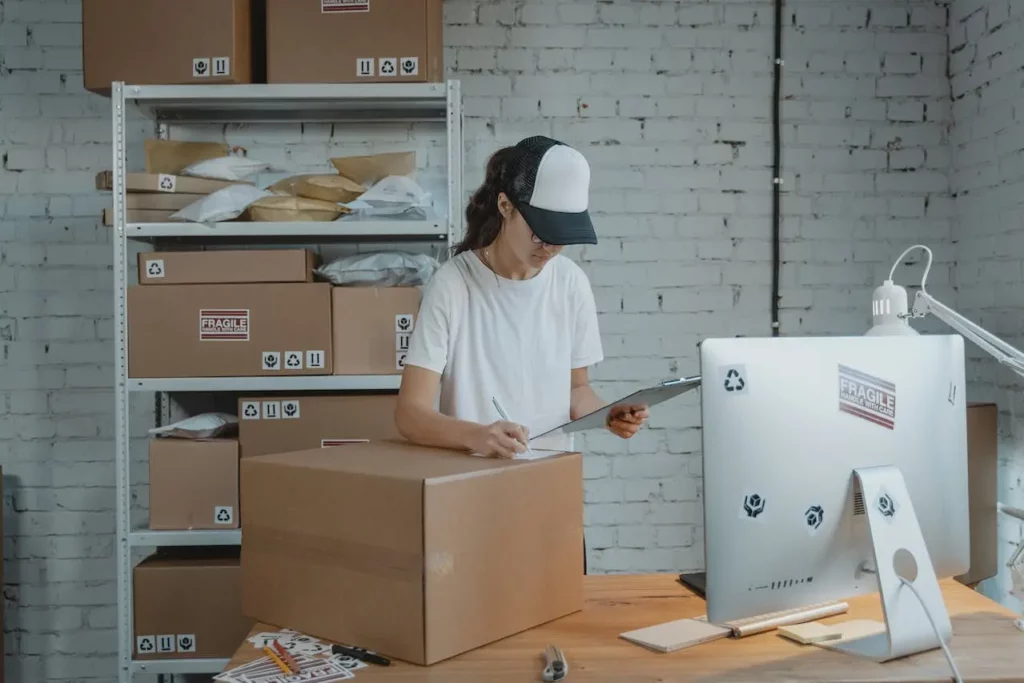With all of the changes and technical improvements in logistics, particularly in the e-commerce and retail industries, there has been a need to adjust standards, demonstrating the necessity to think outside the confines of a distribution center or warehouse.
Recognizing this, huge worldwide retailers like Amazon and Walmart have already taken the initiative and are investing in new storage and distribution technology. As an example, consider the utilization of micro-fulfillment facilities.
Continue reading if you still don’t understand what micro-fulfillment centers are. In this section, we will describe what these structures are, how they work, and how and why you should use them in your organization.
Read also: Mastering Supply Chain Management KPIs: A Comprehensive Guide
What are micro-fulfillment centers?
If we were to interpret it literally, micro-fulfillment centers would be something like micro-customer satisfaction centers. However, this is a word that is better defined than translated.
In summary, a micro-fulfillment center, often known as an MFC, is a small warehouse placed near end consumers. In other words, these arrangements are designed to ensure that the company’s stock (often e-commerce outlets) is located in more strategic areas, such as significant urban centers.
They must be micro, as the name implies, in order to attain better logistical capillarity because they must not occupy enormous spaces, such as warehouses or large warehouses, in order to be in large urban centers.
How do micro-fulfillment centers work?
Two key operating qualities are crucial since this technique optimizes both space and time:
- The demand for automated processes
- They are storage buildings that are vertical and compact.
So, let’s go over each point individually. These structures can be automated using artificial intelligence, where the storage space itself is automated. Alternatively, robots can conduct jobs such as picking.
As previously stated, the need for a compact and vertical site is to allow capillarity. In other words, with space minimization, these MFCs can be deployed in a variety of locations, including:
- Parking lots
- Store backgrounds
- Small deposits
- Dark stores
The advantages of MFC in the current scenario
Given that online sales have now eclipsed physical sales, investing in delivery optimization solutions is critical. MFCs can ensure this optimization. Because they are adjacent to urban areas, they are certain to match client expectations for quick deliveries.
Furthermore, there are benefits connected to organization and cost reduction in logistics, as micro-fulfillment centers allow companies to employ idle space and minimize delivery costs, particularly for the last mile.
The usage of the micro-fulfillment center also allows for a more assertive and efficient implementation of the omnichannel strategy, allowing for consumer benefits such as same-day delivery.
The ease of deployment and adaptability to business needs are further advantages to be underlined. MFCs have the lowest implementation cost as compared to distribution centers and can be altered based on the strategy.
How to implement a micro-fulfillment center?
Now that you understand the practicality that an MFC can offer and how easy it can be to adopt this strategy, you may be asking yourself “How do I take this strategy to my business?”.
To answer this question, it’s simple: smart storage! And when we talk about smart storage, we talk about handover.
The use of smart handover lockers makes it possible to put the micro-fulfillment center approach into practice. The lockers themselves function as a warehouse, satisfying the three primary requirements of automated, vertical, and small rooms.
Do you realize that using a micro-fulfillment center makes sense for your business? Speak with us and put smart storage into practice!



